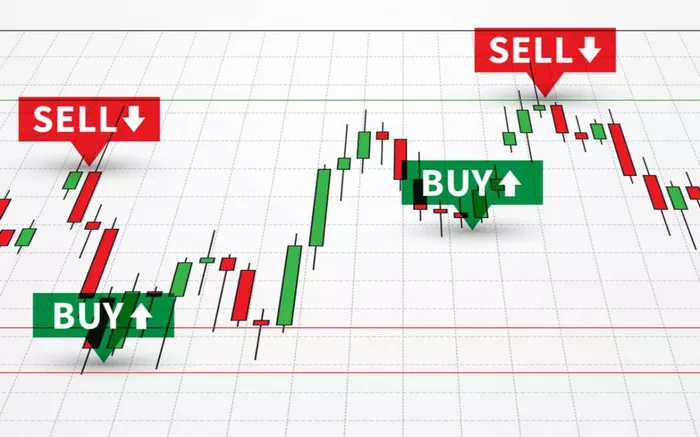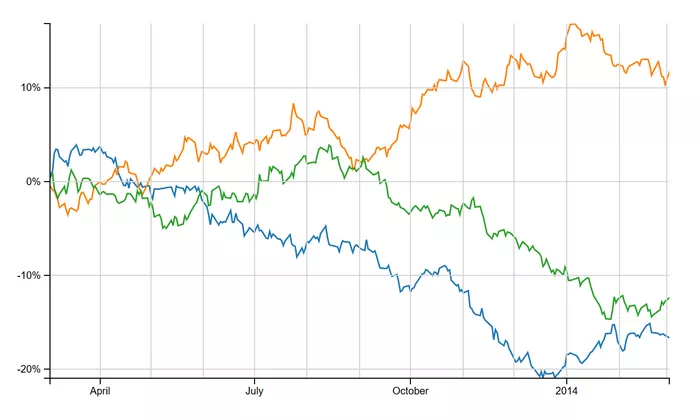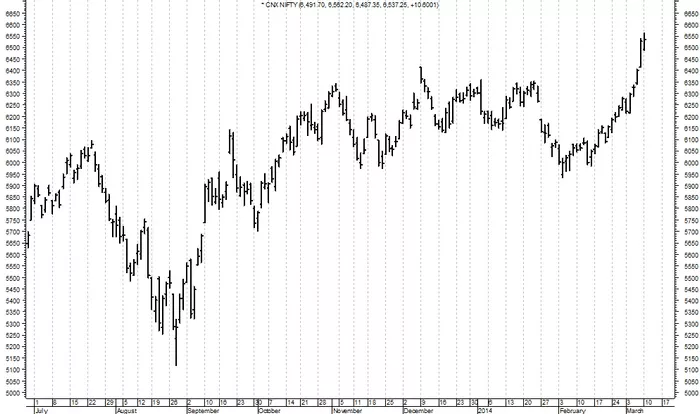Valuing bank stocks requires a deep understanding of both traditional financial metrics and specific industry-related factors. Unlike other sectors, banks are unique in their business models, regulatory constraints, and reliance on interest rates, making their valuation a specialized task. In this article, we will explore how investors can accurately assess the value of bank stocks, the most effective methods, and the key factors that influence the performance of banks.
Key Concepts in Bank Valuation
Before diving into specific methods, it is essential to understand the key concepts involved in valuing bank stocks. Banks operate differently from other businesses. They are highly dependent on financial leverage, interest rates, and economic cycles. Here are some foundational concepts:
1. The Role of Interest Rates
Banks earn profits by borrowing at low interest rates and lending at higher rates. Therefore, interest rates are a primary factor in their profitability. When interest rates rise, banks typically benefit because they can charge higher rates on loans. Conversely, when interest rates fall, banks may face a squeeze on their profit margins.
2. Regulatory Environment
Banks operate under strict regulatory frameworks that can have a significant impact on their financial performance. Regulations set by central banks and financial authorities determine capital requirements, liquidity, and risk exposure, influencing the bank’s ability to lend and generate income.
3. Asset and Liability Management
Banks deal with a variety of assets, such as loans, bonds, and securities, and liabilities like deposits and borrowings. Effective management of these assets and liabilities is crucial to a bank’s financial stability and profitability.
Methods to Value Bank Stocks
Valuing a bank’s stock is complex, but there are several key methods that investors use to evaluate a bank’s worth. These methods differ from traditional company valuations due to the unique nature of banking operations. Below are the primary methods used to value bank stocks.
1. Price-to-Earnings Ratio (P/E Ratio)
The Price-to-Earnings ratio (P/E ratio) is one of the most commonly used valuation tools for evaluating any type of stock, including banks. It compares the market price of the bank’s stock to its earnings per share (EPS).
How to Use P/E for Banks
For banks, the P/E ratio helps investors determine whether the stock is overvalued or undervalued relative to its earnings. A higher P/E ratio may indicate that the stock is overvalued, while a lower P/E ratio could suggest that the stock is undervalued.
However, for banks, a simple P/E ratio might not always provide an accurate picture. Because banks are often cyclical and sensitive to economic conditions, investors should compare a bank’s P/E ratio with its historical average, the P/E ratios of its peers, and the broader market.
2. Price-to-Book Ratio (P/B Ratio)
The Price-to-Book ratio (P/B ratio) is another critical metric when valuing bank stocks. This ratio compares a bank’s stock price to its book value (the value of its assets minus its liabilities).
How to Use P/B for Banks
The P/B ratio is especially useful for banks because of their asset-heavy nature. A P/B ratio of 1 indicates that the bank’s stock price is equal to its book value, meaning the market values the bank’s assets at their historical cost. If the P/B ratio is greater than 1, the market values the bank at a premium, and if it is less than 1, it suggests the bank is undervalued.
When analyzing the P/B ratio, it is important to consider the bank’s profitability and the quality of its assets. A low P/B ratio can be a red flag if the bank has poor asset quality or weak earnings, but it can also indicate an opportunity if the market is undervaluing the bank’s potential.
3. Dividend Discount Model (DDM)
Many banks pay regular dividends to their shareholders, making the Dividend Discount Model (DDM) an effective tool for valuing bank stocks. The DDM calculates the value of a stock based on the present value of its future dividend payments.
The DDM is particularly useful for valuing established banks with stable dividend payments. However, it may not be suitable for banks that do not pay regular dividends or have unpredictable dividend policies.
4. Discounted Cash Flow (DCF) Analysis
Discounted Cash Flow (DCF) analysis is another popular method used to value bank stocks. This method calculates the present value of a bank’s expected future cash flows, which include interest income, fee income, and other revenue streams.
How to Use DCF for Banks
To conduct a DCF analysis, an investor needs to estimate the bank’s future free cash flows and discount them back to the present value using an appropriate discount rate. For banks, these cash flows come primarily from lending and investment activities, and the risk-adjusted discount rate reflects the bank’s cost of capital.
DCF analysis is effective for valuing banks that have a predictable and stable cash flow. However, it can be more challenging to apply to banks that have volatile earnings or are in a high-growth phase.
5. Return on Equity (ROE)
Return on Equity (ROE) is a measure of a bank’s profitability relative to its equity. It is calculated by dividing the bank’s net income by its average shareholders’ equity.
How to Use ROE for Banks
For banks, ROE is a crucial indicator of how efficiently the bank is using its equity to generate profits. A high ROE suggests that the bank is generating substantial returns for its shareholders, while a low ROE may indicate inefficiency or poor management.
Banks typically have higher leverage than other businesses, so a high ROE can be a result of both efficient operations and financial leverage. When evaluating a bank’s ROE, investors should also examine the bank’s leverage ratio to ensure that high returns are not driven by excessive risk.
6. Net Interest Margin (NIM)
Net Interest Margin (NIM) is a key profitability measure for banks, as it reflects the difference between the interest income generated from lending activities and the interest paid on deposits and borrowings.
How to Use NIM for Banks
A high NIM indicates that the bank is effectively managing its interest rate risk and earning a healthy spread between its assets and liabilities. A declining NIM may signal that the bank is struggling to maintain profitability in a low-interest-rate environment or facing increased competition.
Investors should track NIM trends over time and compare a bank’s NIM to that of its peers. A rising NIM is typically a positive signal, while a falling NIM may suggest potential trouble.
7. Asset Quality Ratios
Asset quality is critical when evaluating bank stocks, as bad loans and non-performing assets (NPAs) can severely impact a bank’s financial health. Investors often use asset quality ratios, such as the Non-Performing Loan (NPL) ratio, to assess the risk of a bank’s loan portfolio.
How to Use Asset Quality Ratios for Banks
A high NPL ratio indicates that a significant portion of the bank’s loans are not being repaid, which could lead to loan losses and reduced profitability. Conversely, a low NPL ratio suggests that the bank has a high-quality loan book and is less likely to face credit-related issues.
Investors should evaluate asset quality in conjunction with other metrics, such as the bank’s loan loss provisions, to assess the overall stability of the bank.
External Factors Affecting Bank Valuation
In addition to the financial metrics discussed above, several external factors can affect the valuation of bank stocks. These factors include:
1. Economic Conditions
Banks are sensitive to economic cycles. In periods of economic growth, banks tend to perform well as loan demand rises and borrowers are more likely to repay their loans. In contrast, during economic downturns, banks may face higher loan defaults and lower demand for credit.
2. Regulatory Changes
Changes in banking regulations can impact a bank’s ability to generate profits. For example, stricter capital requirements or tighter lending standards can reduce the bank’s lending capacity and profitability. Conversely, deregulation can provide banks with more flexibility to expand their operations.
3. Market Sentiment
Market sentiment plays a significant role in the valuation of bank stocks. A positive sentiment, driven by expectations of rising interest rates or strong economic growth, can lead to higher stock prices. On the other hand, negative sentiment, often triggered by concerns about financial stability or regulatory changes, can result in declining stock prices.
4. Competitor Performance
The performance of a bank’s competitors can also influence its stock valuation. If a competitor outperforms the market or achieves higher profitability, it may lead to increased investor interest in that competitor’s stock and a reduction in the valuation of other banks.
Conclusion
Valuing bank stocks requires a combination of financial analysis and an understanding of macroeconomic factors. While traditional valuation methods like P/E and P/B ratios are useful, investors must also consider factors such as interest rates, regulatory changes, and asset quality when evaluating a bank’s stock. By using the methods outlined in this article, investors can gain a clearer picture of a bank’s financial health and make more informed investment decisions.
Related topics:
























